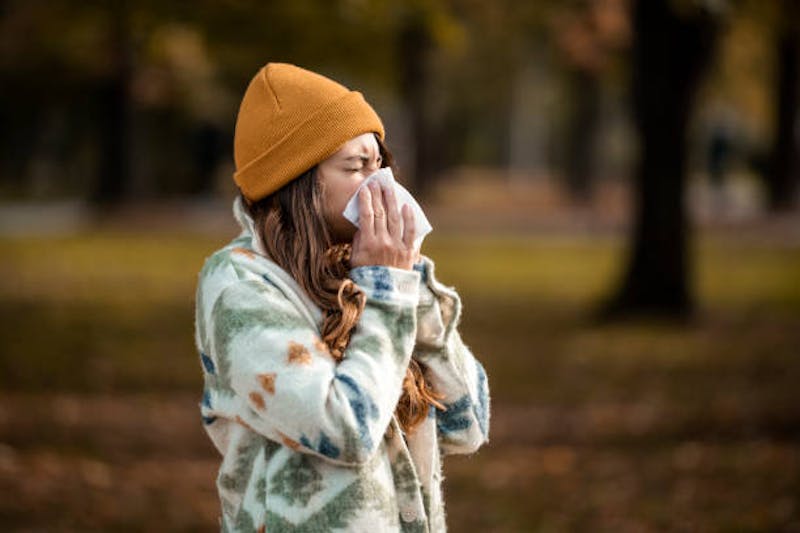
As the summer heat fades and the air turns crisp, many people look forward to crisp air, colorful foliage, and cooler temperatures. But for millions, autumn also brings a familiar frustration: seasonal allergies. With three decades of experience and a team of 50+ board-certified ENT specialists across South Florida, South Florida ENT Associates understands that autumn allergy symptoms can be just as disruptive as those in spring. The symptoms—sneezing, congestion, itchy eyes, and fatigue—can significantly impact your comfort and daily life.
Here’s what you need to know about the most common fall allergy triggers and how to find relief.
Top Fall Allergy Triggers
While springtime allergies are often associated with blooming flowers, fall allergens tend to be more subtle but equally potent. These are the most common culprits:
- Ragweed pollen: Ragweed is the number one trigger of fall allergies in the U.S., and just one plant can produce up to a billion pollen grains. These microscopic particles can travel hundreds of miles through the air.
- Mold spores: Damp, decaying leaves and humid conditions create the perfect environment for mold growth, which releases airborne spores that can irritate the respiratory system.
- Dust mites: As we begin to spend more time indoors in the fall, exposure to household dust mites increases, especially in bedding, furniture, and carpeting.
- Pet dander: Cooler weather often means pets spend more time inside, increasing the presence of dander in the home.
How to Manage Your Fall Allergy Symptoms
The key to managing fall allergies is minimizing exposure to allergens and treating symptoms proactively. Here are some expert-backed strategies:
- Limit outdoor activity during high pollen times: Pollen counts are usually highest in the early morning. Check your local pollen forecast and plan outdoor activities accordingly.
- Shower and change clothes after being outside: This helps remove pollen particles that may have settled on your skin, hair, and clothing.
- Keep windows closed: Use air conditioning and HEPA filters to keep indoor air clean and prevent outdoor allergens from entering.
- Control indoor humidity: Use a dehumidifier to keep levels between 30% and 50%, which helps prevent mold and dust mite growth.
- Clean regularly: Vacuum with a HEPA filter, wash bedding weekly in hot water, and dust surfaces to reduce indoor allergens.
- See an allergy specialist: At South Florida ENT Associates, we offer comprehensive allergy testing and treatment plans, including immunotherapy and medication management, to help you gain lasting control over your symptoms. And as fall turns to winter, our team can help you stay ahead of indoor allergens too.
Breathe Easy This Fall with Help from SFENTA
Allergy symptoms shouldn’t keep you from enjoying all that fall has to offer. Whether you’re dealing with seasonal sniffles or more persistent issues, the experienced team at South Florida ENT Associates is here to help. With more than 30 convenient locations throughout South Florida and a reputation built on decades of specialized ENT and allergy care, our providers are committed to your long-term comfort and health.
Contact South Florida ENT Associates todayto schedule an appointment and discover how our ENT doctors can help you breathe easier and stay symptom-free all season long.

